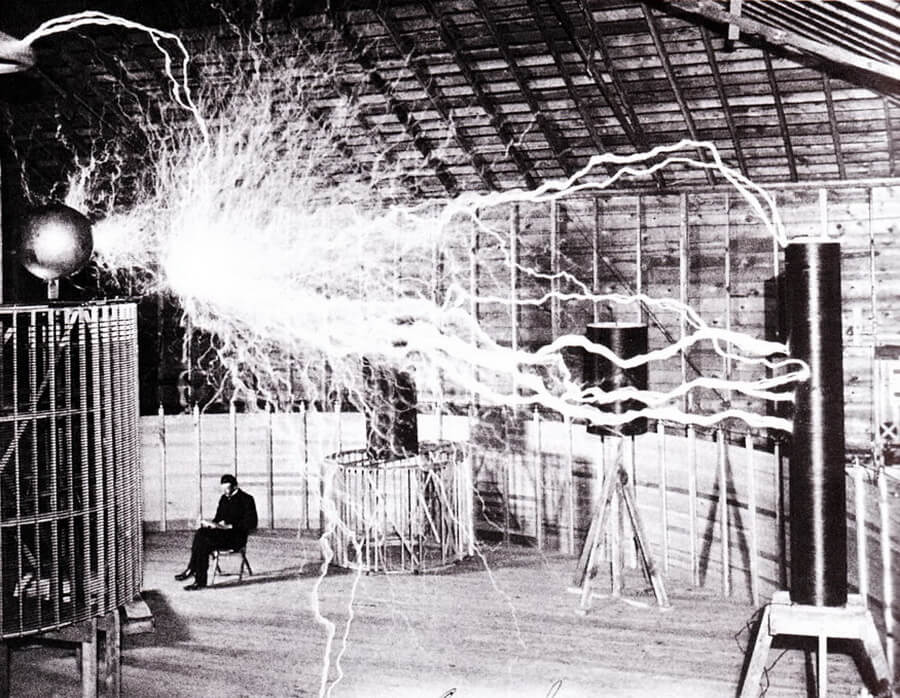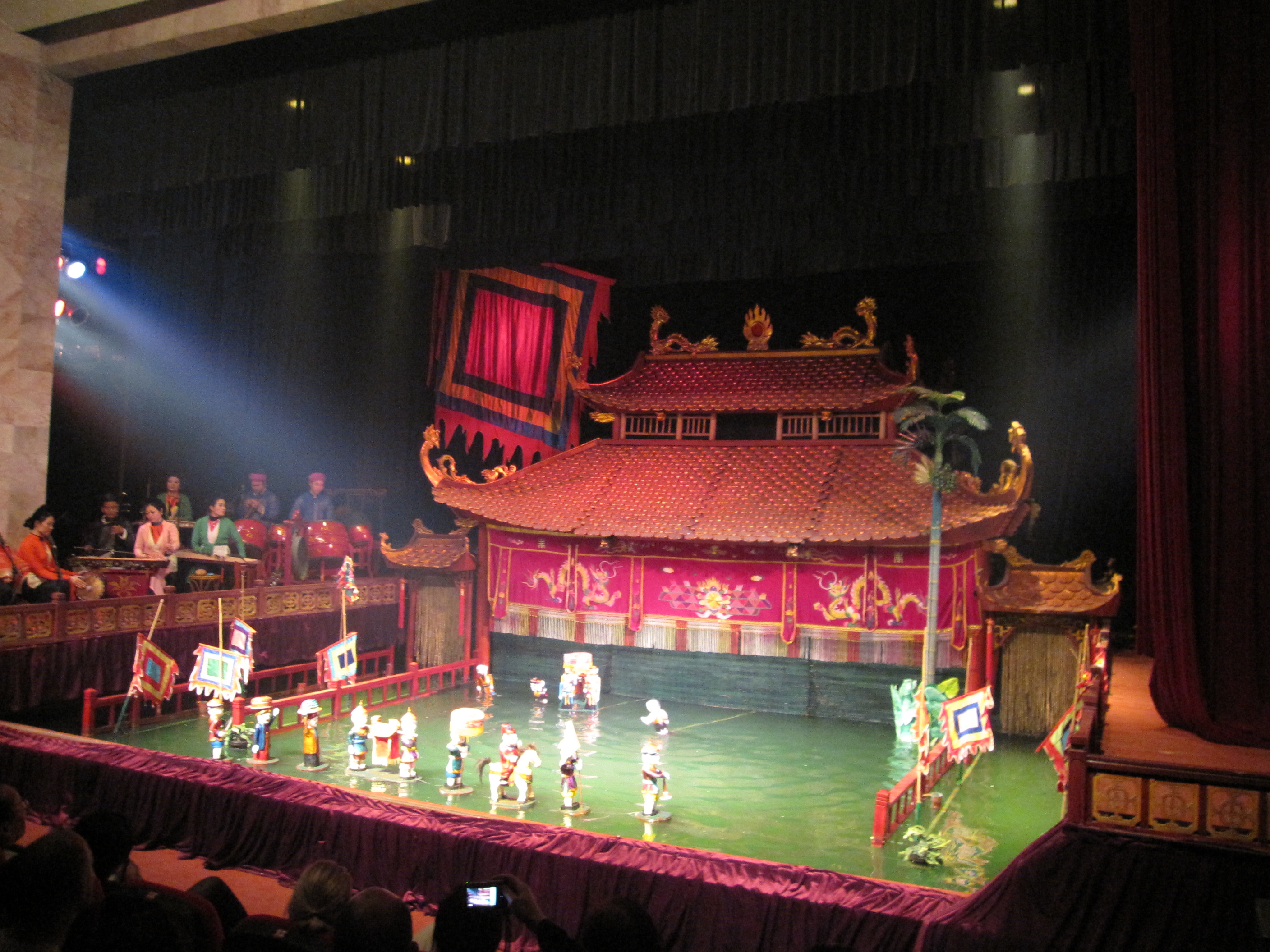How to Learn to Love Stoplights and Your Electric Car

News Analysis With a Sense of Humor


It was Christmas, exactly 50 years ago. It was also when I masked petty crime with arguments of social justice, and when life exactly imitated art. Really.
Fortnum & Mason, the London food emporium, has been dispensing Christmas cheer in Piccadilly since 1707. It is a British tradition as famous as its rival Harrods, located about a mile away in Knightsbridge.
But whereas Harrods is a department store with a great Food Hall, Fortnum & Mason is mostly a top-of-the-line — very top — food store that flourishes at Christmas as at no other time of year.
Fortnum’s specialty is its Christmas hampers. They are capacious wicker baskets stuffed with comestibles from around the world: candied fruits and honey, dates and figs, goose foie gras with truffles, jellies and preserves, shortbread and rare teas, smoked salmon and caviar, Stilton, fruitcake and Christmas puddings. You get the picture: a cornucopia of goodies, or conspicuous consumption, depending on your point of view.
Well, all these goodies do not get into the Christmas hampers and snuggle in the wood shavings all by themselves. Nor do they stretch the cellophane and tie the bows themselves.
No, that was my job at Fortnum’s where I and a small crew of disparate young men worked, held together by the reality that we were all far from home, broke, cold and our immediate prospects were not great.
I had arrived in wintry London a month earlier from sunny Rhodesia, now Zimbabwe, expecting immediate journalistic success. Instead I was broke, owed rent on my room, lacked a warm coat and had a hole in one shoe.
Then I learned that Fortnum’s was hiring packers for the Christmas season. I signed on at the glorious store in Piccadilly, but that was the last I saw of it. Instead, I worked in an unheated warehouse at the Elephant and Castle in South London.
The wages were 6 pounds a week (about $25) — a reminder that England was still a poor country in 1959. Poor, that is, except for those who sent and received fabulous Christmas hampers.
Some customers sent hampers like Christmas cards to lists of friends, usually titled people, from earls and marchionesses all the way down to lords and ladies. Worse, some recipients were on multiple lists. So heavily laden, how could the hamper fairy make her deliveries to the stately homes?
Although I was a staunch conservative, I found myself dreaming of revolution. All of the hamper packers seemed to be hungry all the time. Our pay was spent after a few days and then we starved — starved while packing the world’s finest foods.
Stealing a few items seemed reasonable, but the security people checked for empty wrappers and other incriminating evidence of consumption. But I came up the solution, the perfect crime: We would selectively eat the food and ship the empty cans and boxes out to the better-fed.
What is more, I explained to my fellow packers, no one would complain to their friends that the hamper was wanting in some areas. More, the chance of recipients ever touching the hampers was slight, particularly if we pilfered only from those going to a family that was on several lists.
The butler, I calculated, would simply tell his employers that hampers had been received from, say, nine friends. And the servants would almost certainly be given the hampers the day after Christmas: Boxing Day in Britain, when the leftovers of Christmas are boxed for the servants and the less fortunate. We were just getting our boxes early.
So we gorged and rationalized our thievery, the way people do.
On our last day the foreman, a permanent employee of the store who earned the princely sum of 8.5 pounds a week (about $34), came to us at midday and in his gentle, world-weary way said that as a Christmas treat, he was taking us to lunch.
This was terrible. We had already had our fill of rich Christmas cake, gooseberry jam spooned out with our fingers and piles Scottish shortbread.
Nevertheless, we accompanied the foreman to a workmen’s cafe that served up vast portions of such dishes as sausage, egg and chips (French fries), bubble and squeak (reheated potato and cabbage) and rissoles (ground, fried, leftover meat). The wise ordered the sausage, egg and chips.
We ate like marathon runners on the 25th mile, doggedly, dutifully and desperately. We lied in our thanks and longed to throw up. We chewed out of decency.
It was all out of an O. Henry short story. Or was it Dickens?
This soothed my conscience: Life was imitating art.